Scientific name Salix cinerea Rank Species | Genus Salix Higher classification Willow | |
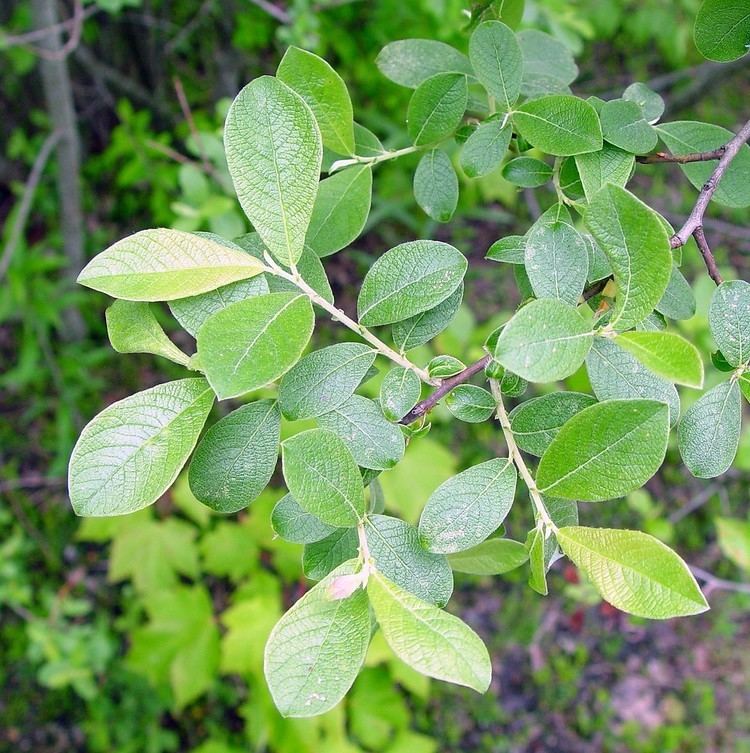 | ||
Similar Willow, Salix aurita, Salix caprea, Salix fragilis, Salix triandra | ||
Salix cinerea (grey willow; also occasionally large gray willow or grey sallow) is a species of willow native to Europe and western Asia.
Contents
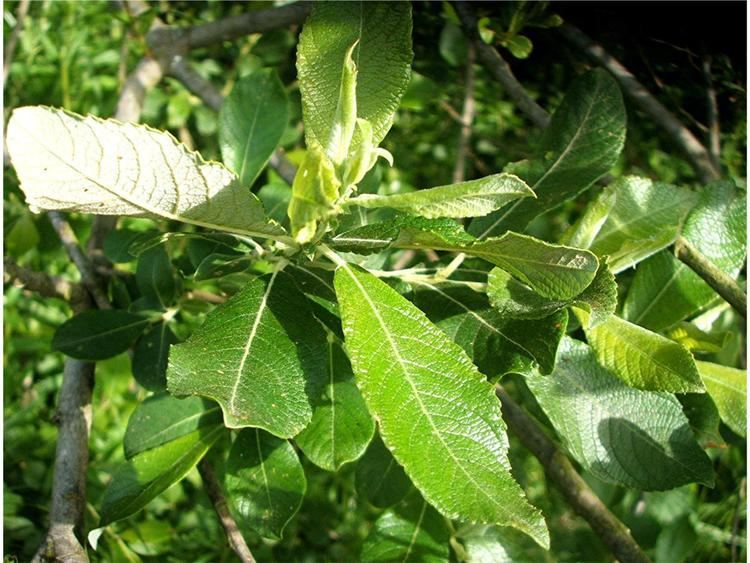
Plant
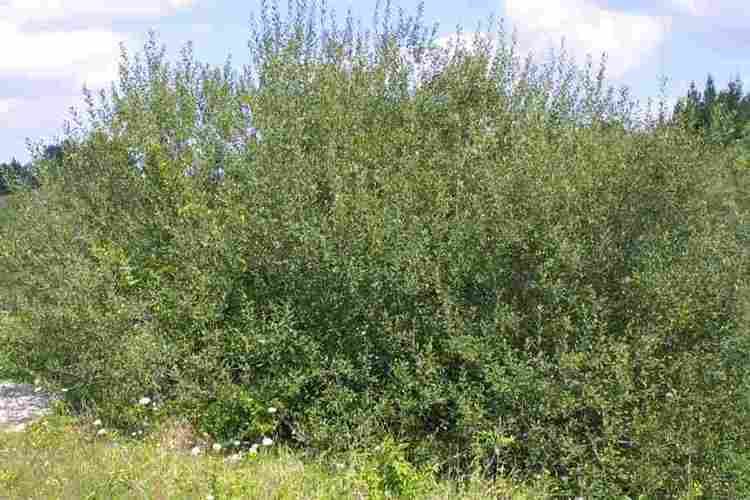
It is a deciduous shrub or small tree growing to 4–15 m (13–49 ft) high. The leaves are spirally arranged, 2–9 cm long and 1–3 cm broad (exceptionally up to 16 cm long and 5 cm broad), green above, hairy below, with a crenate margin. The flowers are produced in early spring in catkins 2–5 cm long; it is dioecious with male and female catkins on separate plants. The male catkins are silvery at first, turning yellow when the pollen is released; the female catkins are greenish-grey, maturing in early summer to release the numerous tiny seeds embedded in white cottony down which assists wind dispersal.
The two subspecies are:
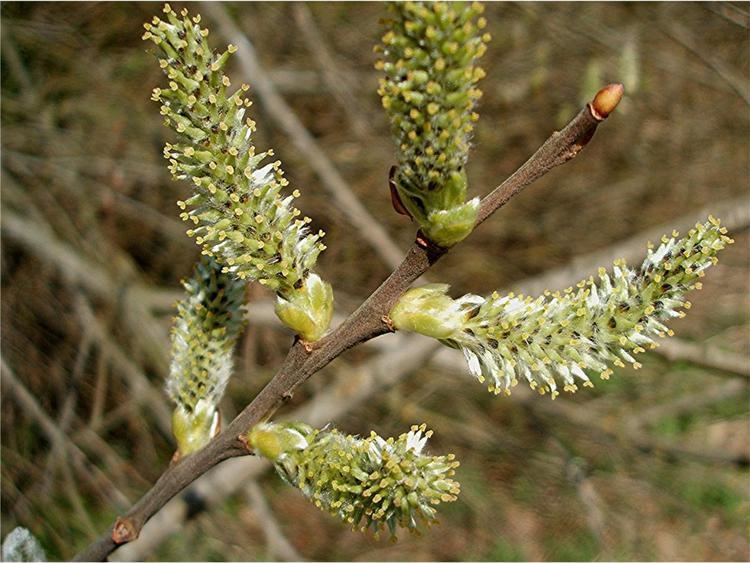
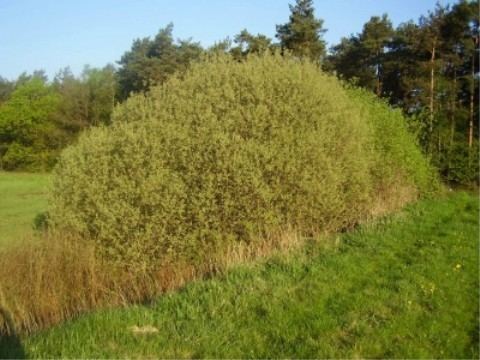
Some overlap in the distributions (not indicated in the map, right) occurs, with both occurring in a broad band north to south through France, and scattered specimens of S. c. cinerea west to Ireland, western France, and Morocco; scattered specimens of S. c. oleifolia occur east to the Netherlands. Specimens of S. c. oleifolia in southern Scandinavia are planted or naturalised, not native. Intermediate specimens also occur.
Ecology
It usually grows in wetlands. The two subspecies differ slightly in requirements, with S. c. cinerea generally restricted to basic marshland and fen habitats, while S. c. oleifolia is less demanding, occurring in both alkaline marshes and acidic bogs and streamsides. A common herbivore of Salix cinerea is Phratora vulgatissima, which prefers and is more common on female plants. Anthocoris nemorum, a natural enemy of Phratora vulgatissima, is also more common on S. cinerea.
Invasive species
S. cinerea is an invasive species in New Zealand and is listed on the National Pest Plant Accord, which means it cannot be sold or distributed.
